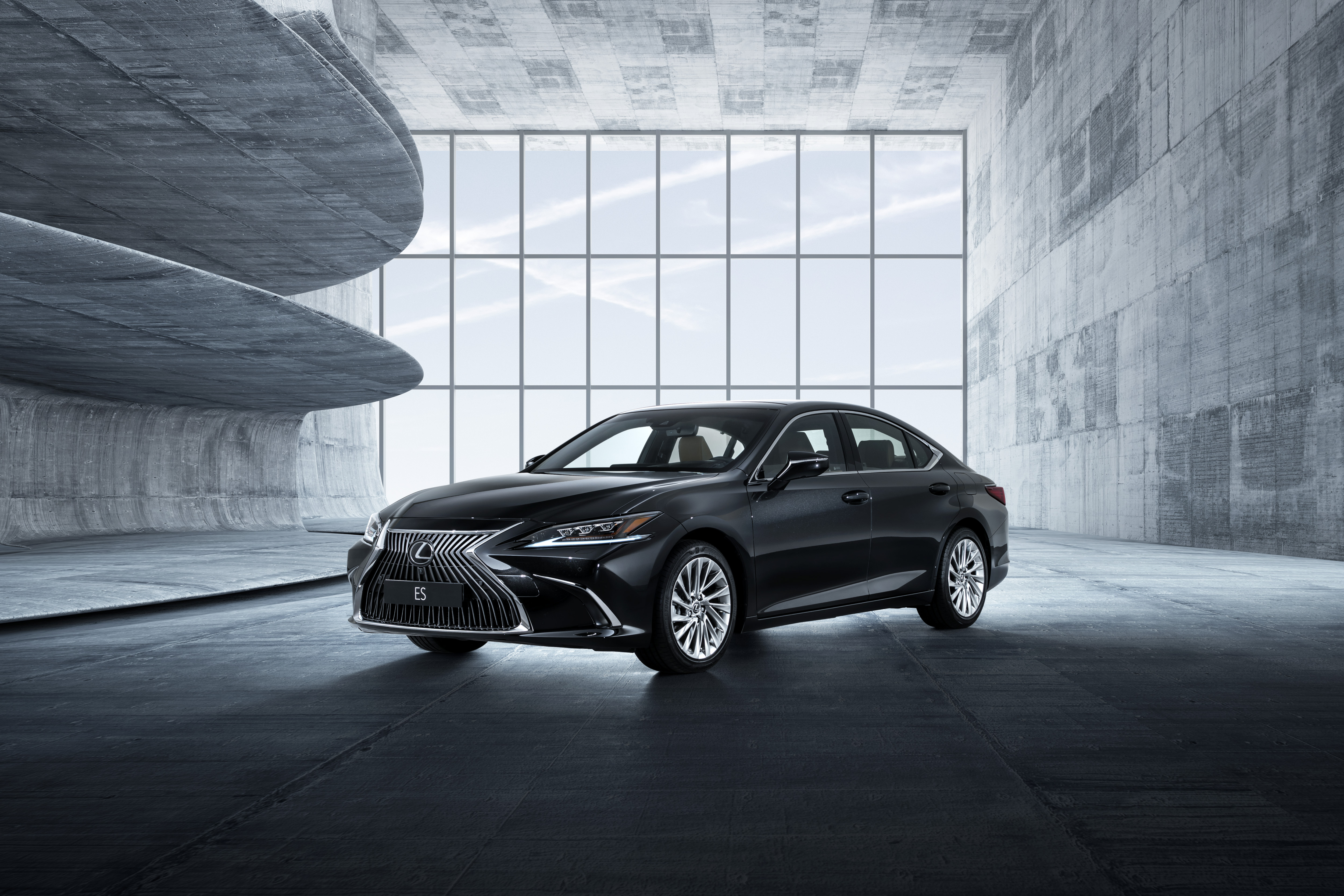
Slowly but surely, Lexus as a brand is making more sense, from newly consistent design to (finally) coming-of-age hybrid technology, especially so, given the dirty cloud of uncertainty that dieselgate has created and still hangs over that particular choice of fuel.
The new ES executive saloon – aimed at rivals including the BMW 5 Series, Mercedes E-Class and Jaguar XF – is Lexus’s latest product to reinforce this theory, boasting curvy and full exterior lines, petrol-electric hybrid-only power in Western Europe plus V6 petrol units elsewhere.

Front-wheel drive, the new ES shares its underpinnings with Toyota’s next Camry, resultantly making it more proportionate
The new ES is the seventh generation of the car. The model has been sold since 1989 but this is the first version to be sold globally. Western Europe is a key new market where it will arrive for the first time in early 2019 and where it effectively replaces the slow-selling rear-wheel drive four-door coupe GS.
The ES is front-wheel drive and shares its underpinnings with sister brand Toyota’s next Camry (which is also due become a global car again). This new platform allows the ES to be made more cost-effectively while also creating the space for better proportions than the old version. Longer (+65 mm), lower (-5 mm) and wider (+45 mm) it also has a lower bonnet line, a stretched wheelbase (+50 mm) and wheels nudged further to the car’s corners. All of which, makes the car look more planted on the road. Cliché maybe, but the changes work. Lexus’s signature spindle grille returns and now with vertical bars inside and a much more dramatic shape and curvature. It’s a sophisticated front face, enhanced again on the F-Sport model through a wider black cross-hatch pattern to those vertical lines.

The predictably quiet, yet high quality interior
The cabin is predictably quiet, comfortable and full of high quality materials – Lexus has been renowned for these attributes for decades – but what is more surprising, aside from the still-fiddly touchpad controlling the infotainment screen – is the big step-up in driving experience. The regular 218hp 2.5 litre, four-cylinder, petrol-electric ES 300h accelerates briskly (0-62 mph in 8.9 secs) and sounds good while doing so, steers with precision, plus offers quick gearshifts via the steering wheel-mounted paddles.
In F-Sport trim Eco, Normal and Sport modes enable more responsive engine, transmission and suspension settings and that trim adds adaptive variable suspension to keep the car steady and poised even over poor road surfaces. The petrol-only 350hp ES 350 V6 is also fantastic to drive, in a similarly contrasting way to the Lexus LC 500 V8 and its hybrid LC500h counterpart, but if you want to benefit from excellent economy and emissions figures for tax and fuel savings (early estimates suggest 60.1 mpg and 106g/km of CO2), the hybrid ES 300h is still the one to go for.
Standard kit and pricing are yet to be confirmed as well, given that the car doesn’t go on sale in Europe until early 2019, but expect specification to be high and include the second-generation Lexus Safety System+ with ‘daytime cyclist detection’ and a range between £36,000 - £45,000 in the UK. Even by then, there will be little on the market to match it – its premium European rivals are still dominated by diesel power and few offer straight hybrids – so Lexus, and its smart new ES could carve out a significant niche.


INFORMATION
Lexus ES, released in Europe in early 2019. For more information, visit the Lexus website
Receive our daily digest of inspiration, escapism and design stories from around the world direct to your inbox.
Guy Bird is a London-based writer, editor and consultant specialising in cars and car design, but also covers aviation, architecture, street art, sneakers and music. His journalistic experience spans more than 25 years in the UK and global industry. See more at www.guybird.com
-
 Five watch trends to look out for in 2026
Five watch trends to look out for in 2026From dial art to future-proofed 3D-printing, here are the watch trends we predict will be riding high in 2026
-
 Five destinations to have on your radar this year
Five destinations to have on your radar this yearThe cultural heavyweights worth building an itinerary around as culture and creativity come together in powerful new ways
-
 Dublin-based designer Cara Campos turns abandoned bicycles into sleekly minimal furniture pieces
Dublin-based designer Cara Campos turns abandoned bicycles into sleekly minimal furniture piecesWallpaper* Future Icons: Saudi-raised Irish/French designer Cara Campos' creative approach is rooted in reuse, construction and the lives of objects
-
 Lexus finally confirms the name of its all-electric LFA Concept supercar
Lexus finally confirms the name of its all-electric LFA Concept supercarStill designated a design study, the Lexus LFA Concept should be the successor to the most unlikely of all 20th-century supercars
-
 Lexus makes its mark on Milan Design Week 2025 with four new interactive installations
Lexus makes its mark on Milan Design Week 2025 with four new interactive installationsLexus’ annual installation at Milan Design Week focuses on human-centred technology and the role of data and design in shaping the luxury car of the future
-
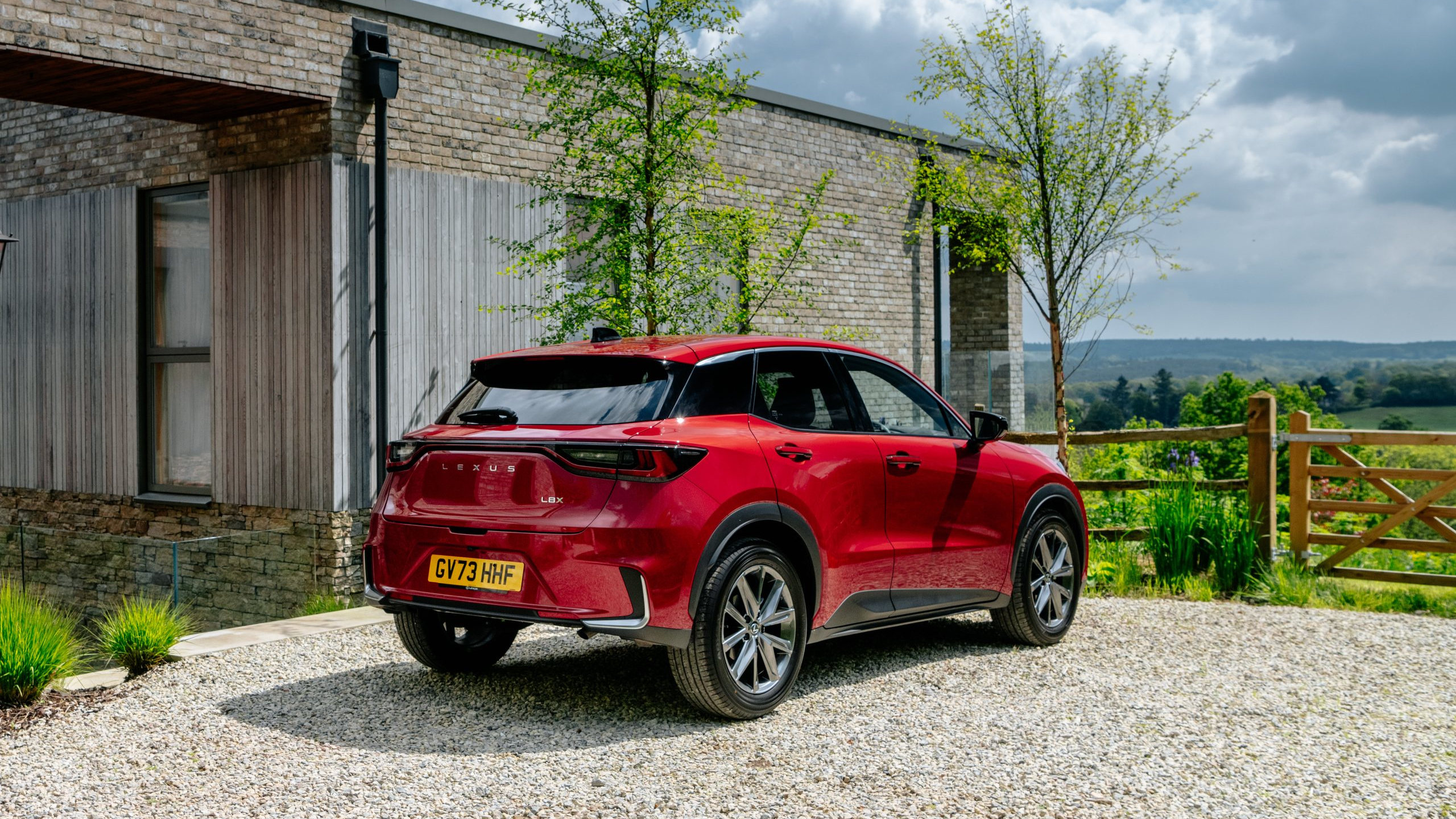 The Lexus LBX crams automotive luxury into a pocket-sized contemporary package
The Lexus LBX crams automotive luxury into a pocket-sized contemporary packageWe explore the world of Lexus’s diminutive LBX, and ponder on the validity of luxury design in a super small car
-
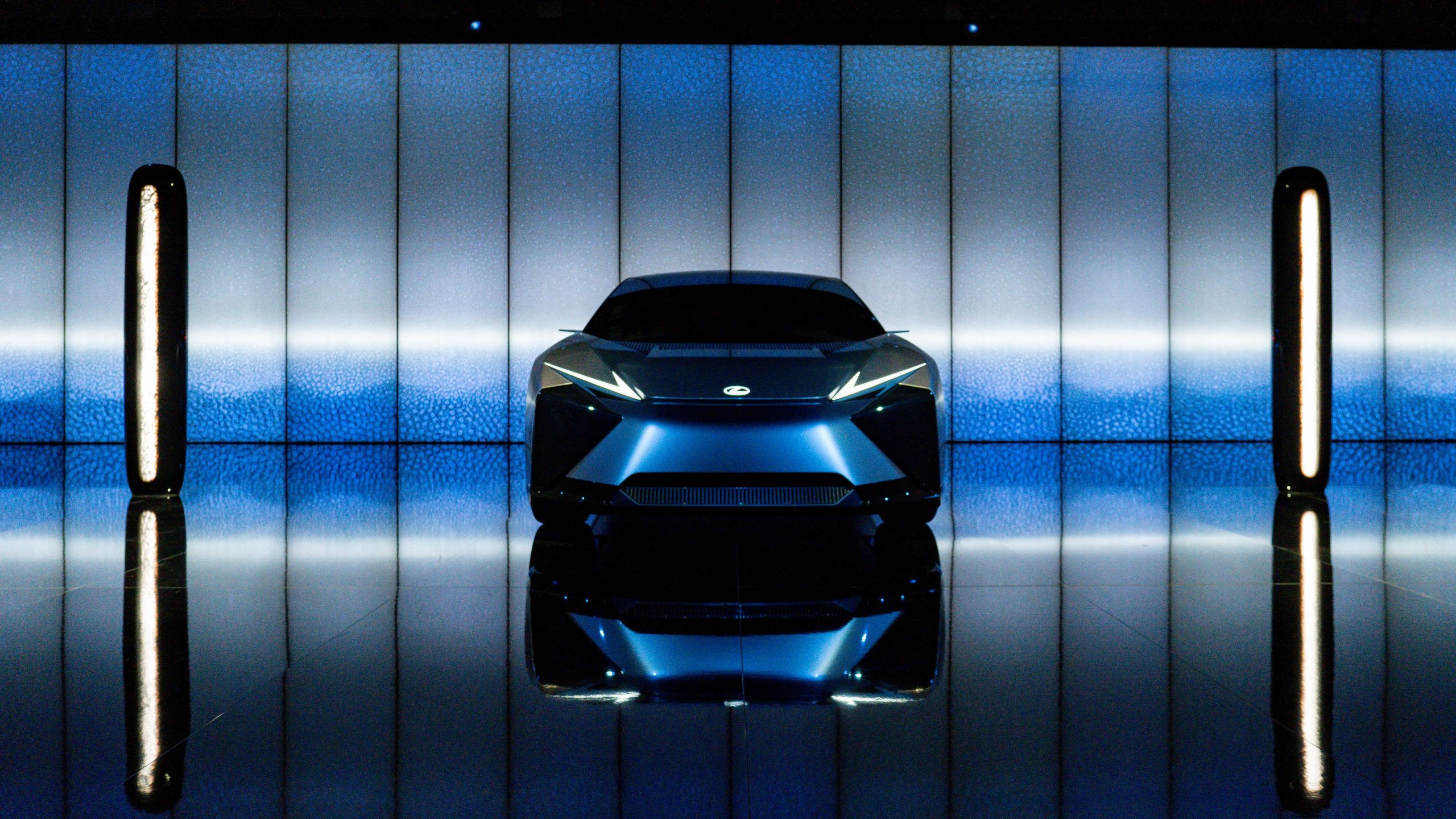 Lexus installation explores time at Milan Design Week 2024
Lexus installation explores time at Milan Design Week 2024Lexus brought designer Hideki Yoshimoto’s ‘Beyond the Horizon’ to Milan’s Art Point, part of its ongoing series of collaborations with Fuorisalone
-
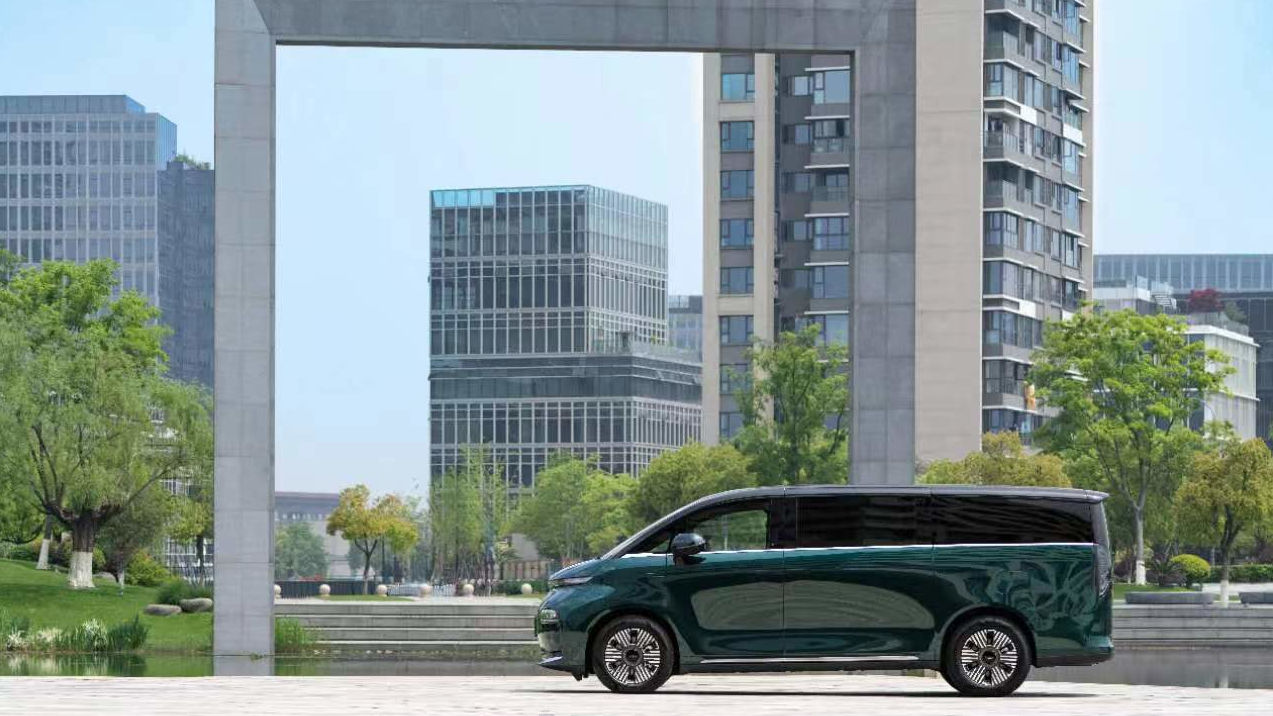 LEVC’s L380 is a truly magnificent minivan
LEVC’s L380 is a truly magnificent minivanThe London Electric Vehicle Company’s L380, is a magnificent minivan designed for upscale long-distance travel, as the maker of the London Taxi branches out into all-purpose EVs
-
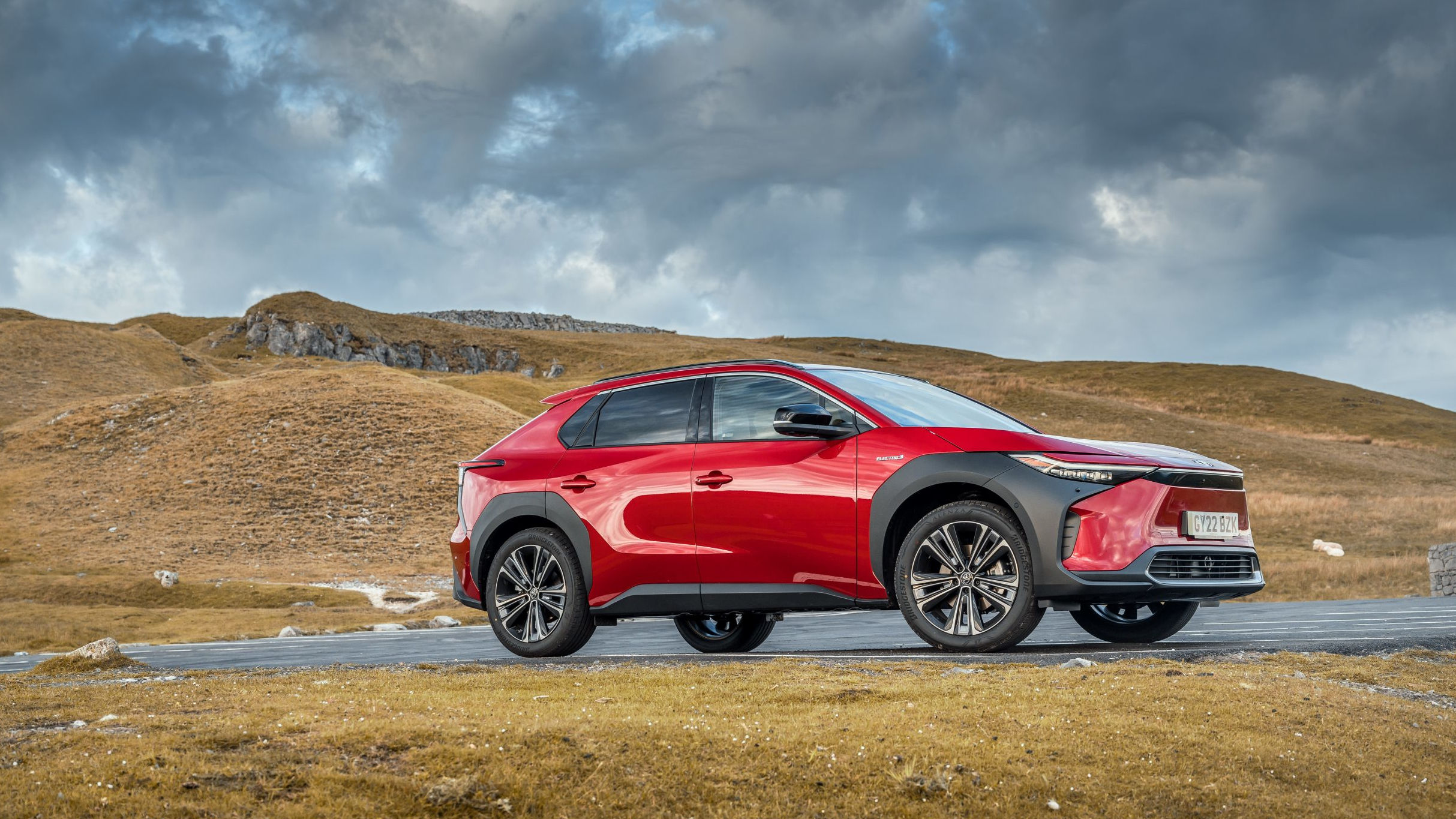 Toyota bz4X SUV is the marque’s first pure electric vehicle
Toyota bz4X SUV is the marque’s first pure electric vehicleThe Toyota bz4X is our first chance to explore how the long-standing masters of mass automobile production make an EV
-
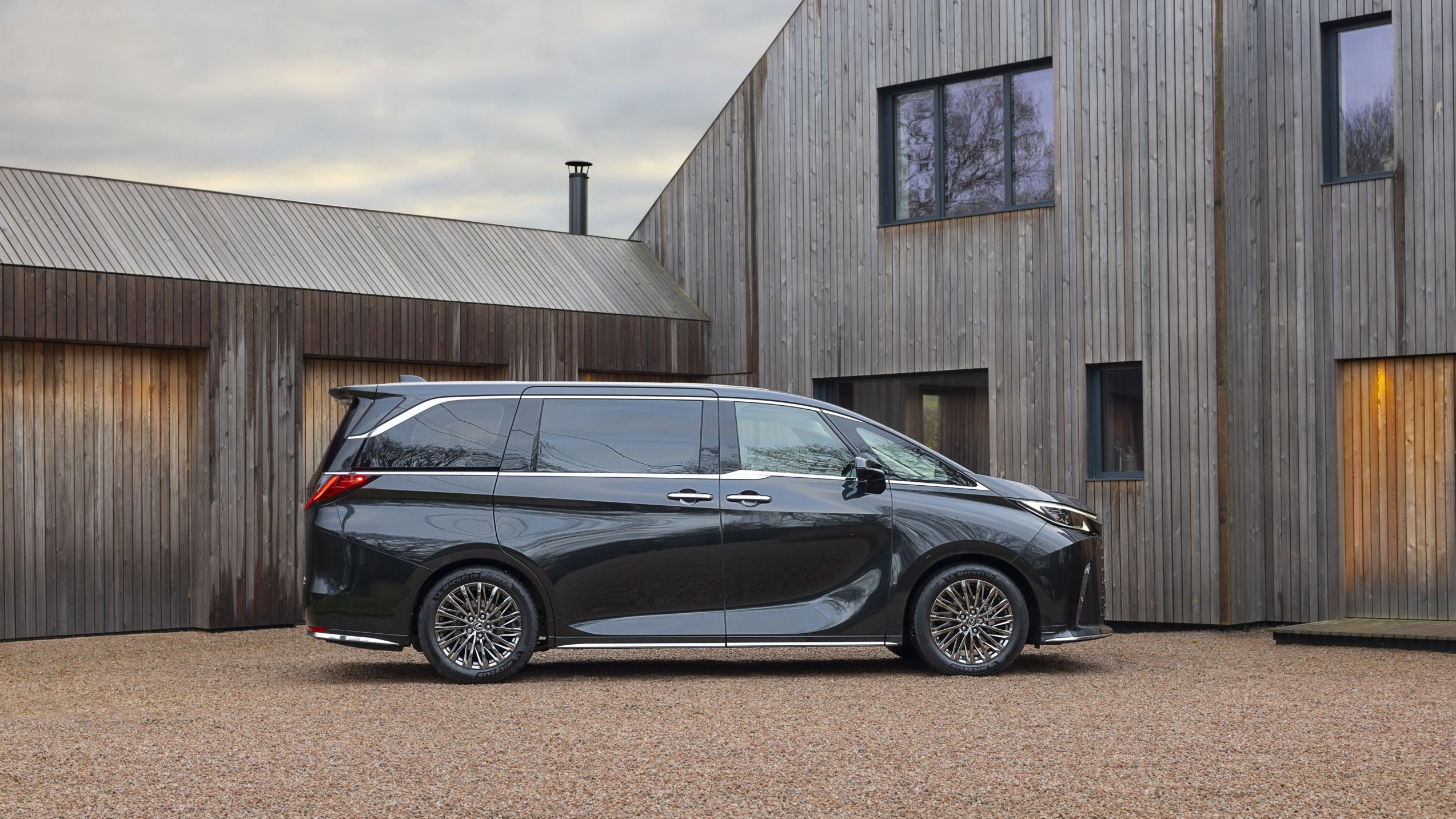 Lexus LM wants you to have the back-seat ride of your life
Lexus LM wants you to have the back-seat ride of your lifeThe back of the Lexus LM has the space, grace and accoutrements to rival a Rolls-Royce. Can this upscale minivan reinvent the luxury car?
-
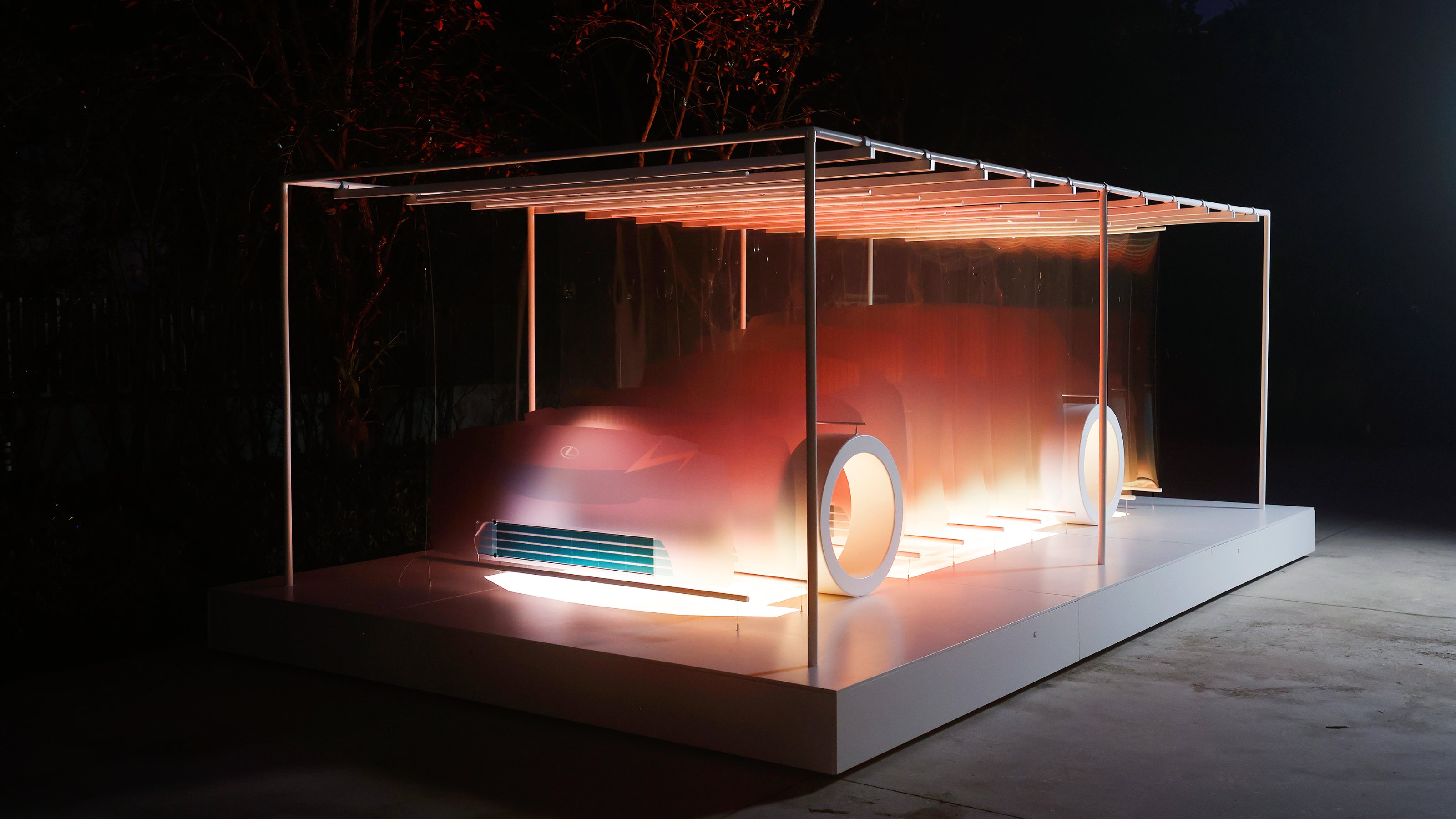 Marjan van Aubel’s ‘8 Minutes and 20 Seconds’ installation with Lexus is our Best Solar Roller
Marjan van Aubel’s ‘8 Minutes and 20 Seconds’ installation with Lexus is our Best Solar RollerThe Dutch solar designer Marjan van Aubel mounted an interactive installation in Miami to introduce Lexus’ new zero-emission LF-ZC concept car